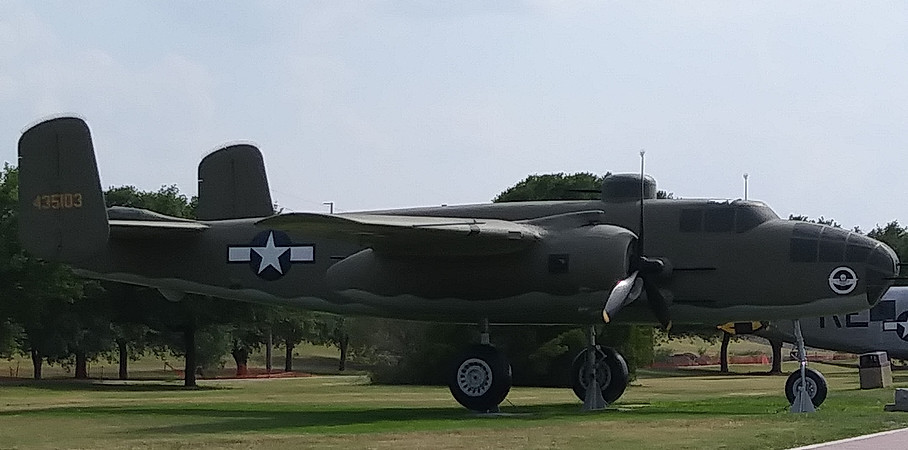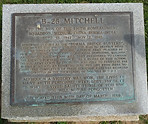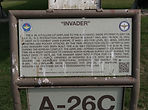
Veteran Shield

TRIBUTE
The B-52 Medium Bomber was one of America's most famous airplanes of Word War II. It was the type used by General Doolittle for the Tokyo raid on April 18, 1942. Subsequently, it saw duty in every combat area being flown by the Dutch, British, Chinese, Russians, and Australians in addition to U.S. forces. Although the airplane was originally intended for level bombing from medium altitudes, it was used extensively in the Pacific area for bombing Japanese airfields from treetop level and for strafing and skip-bombing enemy shipping. More than 9,800 -25S were built during the war. Hundreds of B-25S were in service in early postwar periods. Several of the B-25C, B-25D , and B-25J models were assigned to Strategic Air Command when it was organized in 1946; others served in Tactical Air Command. The year 1949 saw B-25Cs and B-25Ds become obsolete. The ZXB-25, a one of a kind, was in service until 1952. Modified as twin-engine Air Force trainers in the early 1950s, the B-25 met the requirements for advanced twin-engine training for use by Air Training Command. Based on the B-25J, these Mitchells were designated TB-25L and TB-25K. They were assigned to Reese Air Force Base, Texas, and Vance Air Force Base, Oklahoma, as airborne classrooms for pilot training. The last of these models were retired in January 1959. TB-25Ks and TB-25Ms provided airborne classrooms for the E-1 and E-5 radar fire control systems. The last transport versions, CB-25Js and VB-25Js were retired on May 21, 1960. The B-25 first flew on August 19, 1940. The B-25 Mitchell is dedicated to General Bennie Davis.
The aerospace vehicle (B-25H) is a part of the USAF Heritage Program Collection.


Photographs property of Armed Forces Ministry
Taken at Lackland AFB, TX on May 13, 2018
B-25 Mitchell
RENOWNED IN C-B-I AS THE "BURMA BRIDGE BUSTERS"
THE MEN OF THE 490T UTILIZED THE B-25 TO DESTROY VITAL SUPPLY LINES OF THE INVADING JAPAN ARMY. PLAGUED BY PRIMITIVE LIVING CONDITIONS, TORRENTIAL MONSOONS, MALARIA, AND LIMITED NAVIATIONAL AIDS, THEY PERSEVERED TO CONTAIN THE ENEMY'S FORWARD ADVANCES. AS A RESULT OF THIS ACTION, TE U.S. ARMY CORPS OF ENGINEERS WAS ABLE TO COMPLETE THE BURMA ROAD AND AN ESSENTIAL FUEL PIPELINE FROM INDIA TO CHINA. THE COMPLETION THESE STRATEGIC CARRIERS RESULTED DIRECTLY IN THE SHORTENING OF THE WAR IN C-B-I.
ALTHOUGH A VICTORY WAS WON, THE LIVES OF MANY 490TH PERSONNEL WERE LOST. THOSE OF US WHO SURVIVED SALUTE THOSE OF YOU WHO DIED. YOU WILL NOT BE FORGOTTEN.
DEDICATED THIS 30TH DAY OF MARCH, 1990.
TO THE MEN OF THE 490TH. BOMBARDMENT
SQUADRON, MEDIUM, CHINA-BURMA-INDIA.
SEPT. 15, 1942 - NOV. 2, 1945.

